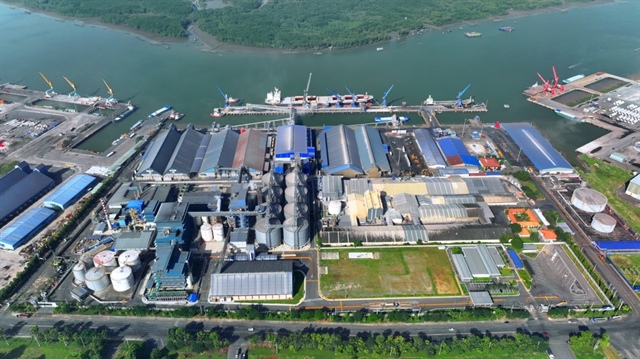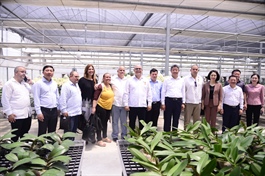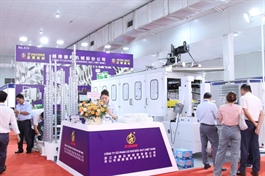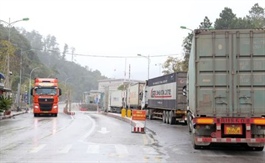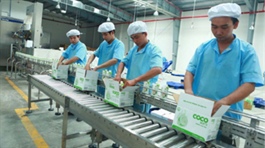Building material industry in a jam amid stagnant property market
Building material industry in a jam amid stagnant property market
Speeding up the disbursement of public investment and unfreezing the real estate market are pressing issues to save the building material industry, which was in a jam with many enterprises on the verge of bankruptcy.
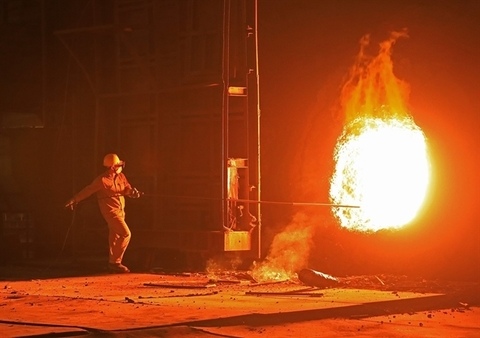
Steel production of Hoa Phat Group. The building material production was under a lot of pressure due to slow public investment disbursement and a stagnant property market. — VNA/VNS Photo Tuan Anh |
At a conference on roadblocks and solutions to the building material market held late last week in Ha Noi by Viet Nam Institute for Building Materials and Eurowindow, eight associations said that the market was in a lot of difficulties as public investment and the property market, which were major sectors for consumption of building materials, were stagnant.
Le Quang Hung, chairman of the Viet Nam Concrete Association, said that the real estate market was frozen with dramatic declines in new supply sources and market liquidity due to legal roadblocks and high lending interest rates are undermining the ability to buy a home.
Public investment, despite being an important growth driver, was being disbursed at a low rate. Statistics of the Ministry of Finance showed the disbursement rate reached only 14.7 per cent of the plan for this year, lower than the rate of 18.48 per cent in the same period last year. From the economic outlook, it would be difficult to witness a breakthrough in GDP growth in the second quarter of this year.
Dinh Quoc Thai, deputy chairman of the Viet Nam Steel Association, said that the production and sales of steel dropped strongly from the beginning of this year. Steel production was forecast to increase by 2-3 per cent this year over 2022 while the consumption market remained unpredictable.
According to Dinh Quang Huy, chairman of the Viet Nam Building Ceramic Association, the building ceramic industry was in decline from 2021, with the output falling by 30-35 per cent. Production maintained at only 50-60 per cent of the capacity, a big waste, he said.
Huy pointed out the stagnation of the property market was a major cause while the disruptions to supply chains caused by the COVID-19 pandemic also made exports difficult, adding that many enterprises were on the verge of bankruptcy.
Luong Duc Long, deputy chairman of the Viet Nam Cement Association, said that cement production had been on a decline since 2021 and has not seen any improvements since the beginning of this year. The cement industry also faced other difficulties, including increases in fuel prices, transportation fees and inventories.
Long said it was critical to promote housing development, especially social housing projects, urban areas and transport infrastructure projects to support the building material markets.
Associations agreed that speeding up public investment disbursement was an important solution. Associations also urged the early reduction of 2 per cent value-added tax which should be prolonged to 2024, and reductions of land fees and tax refunds to be sped up.
Pham Van Bac, director of the Building Materials Department under the Ministry of Construction, said economic recession caused a strong drop in the consumption of building materials. However, the output was about 10-30 per cent higher than the domestic demand, Bac said, urging enterprises to adjust their production plan based on the market demand.
In addition, enterprises should apply science and technology to lower costs and increase competitiveness, he said.





